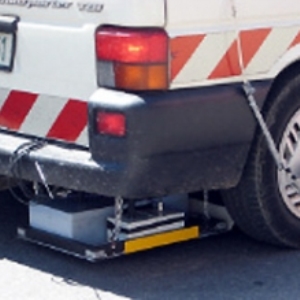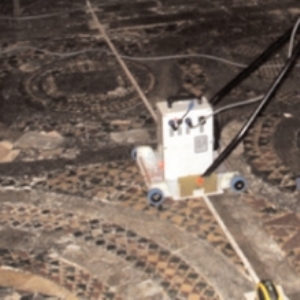Like all Groundvue Ground Probing Radars, Groundvue 3 is user friendly and uses easy to operate dedicated software. Operating depth (measured in travel time) and the distance between samples must be defined accurately. All other parameters can be reset after survey. This is the original 4 channel multi-channel version of Groundvue 3. It can be used as a single channel or with any number of antennas up to the system maximum of 4 transmitters and 4 receivers.
Frequencies can be used in any combination. Because the antennas are simultaneously triggered (without cross channel interference), one transmitter can be used with up to 3 receivers. This is very useful for automatic velocity calibration.
Frequency Ranges
4GHz (using Groundvue 5 as 1 channel), 1.5GHz, 1GHz, 400MHz, 250MHz
Depth Range
Dependent on Frequencies used –
4GHz: up to 0.5m in dry conditions
1.5GHz: up to 2m in dry conditions
1GHz: up to 2m in dry conditons
400MHz: up to 5m in dry conditions or up to 3m in wet conditions
250MHz: up to 10m in dry conditions or up to 5m in wet conditions.
Special Features
Simultaneous multi-channel
High Speed Operation (4 channel equivalent of 1000 scans/second)
Arrayed Antennas
Fully Screened
Suitable for towing behind or attachment to a survey vehicle
Simultaneous recording of GPS/Total Station data
Versatility – the same system can be used in different combinations for a range of tasks (multi channel multi frequency/multi channel same frequency)
Data Storage
Direct to solid disk
Resolution
High to very high (80mm @ 250MHz;
40mm @ 400MHz; 20mm @ 1GHz;
15mm @ 1.5GHz; 1mm @ 4GHz)
Ancillaries
Data Logger required for operation and initial data storage
A long term data storage system is essential
A basic 12V battery charger is needed to charge the radar batteries
Optional
Cable connector with vehicle cigarette lighter connection for saving datalogger batteries (not essential)
Analytical software – the ReflexW package – is also available. Details on request.
Groundvue 3 is also available as a single channel system with the same range of frequencies




